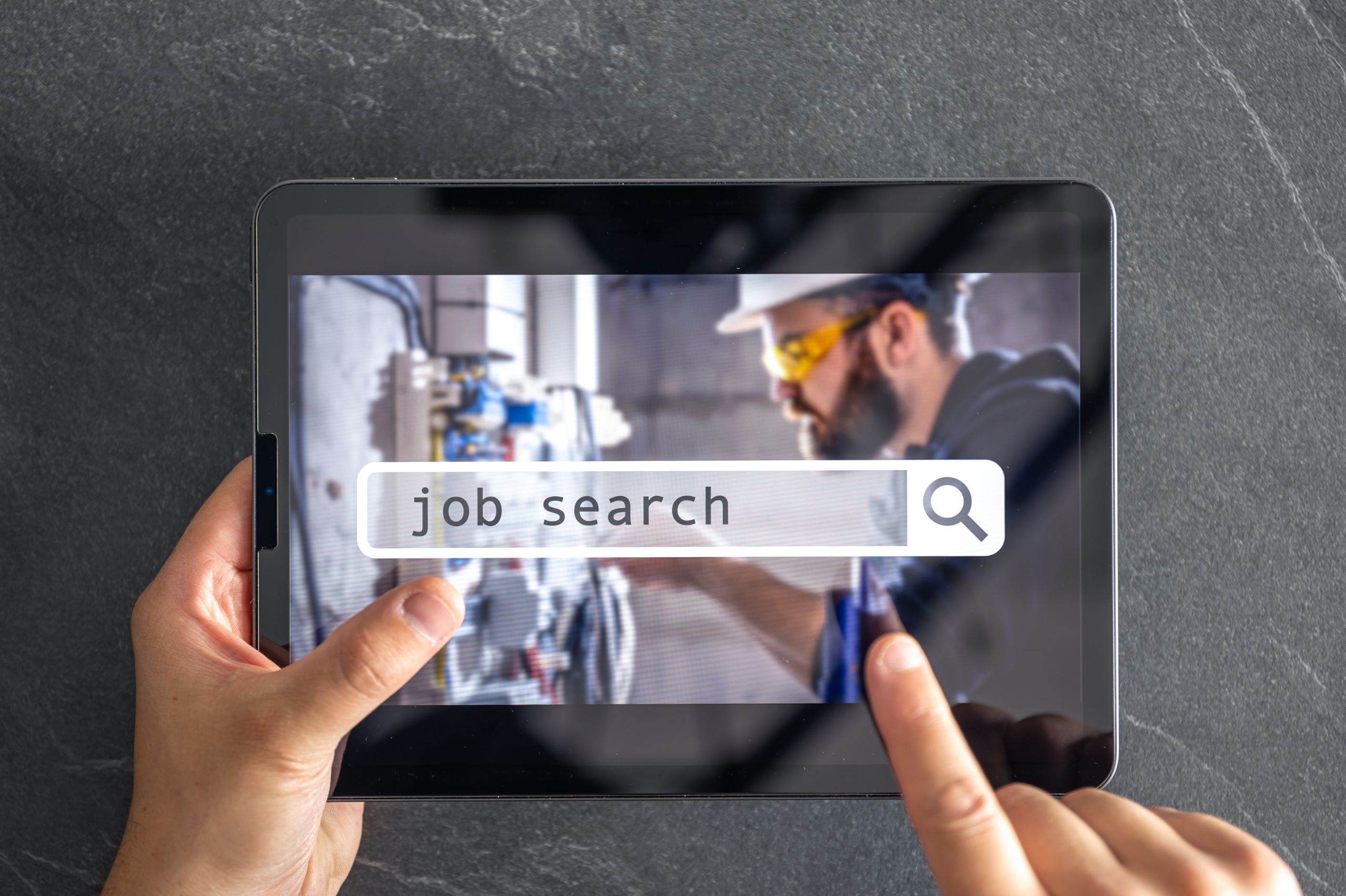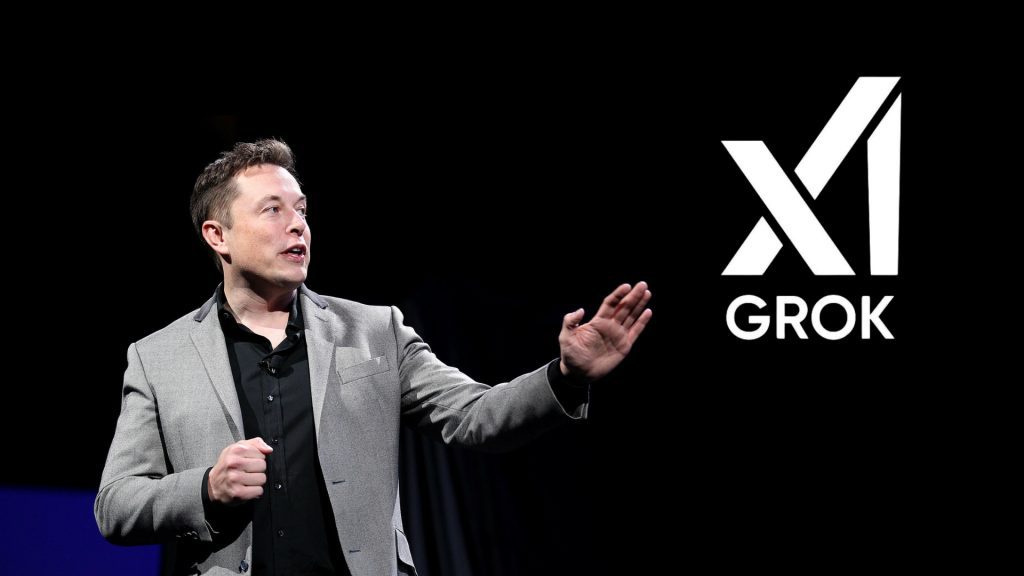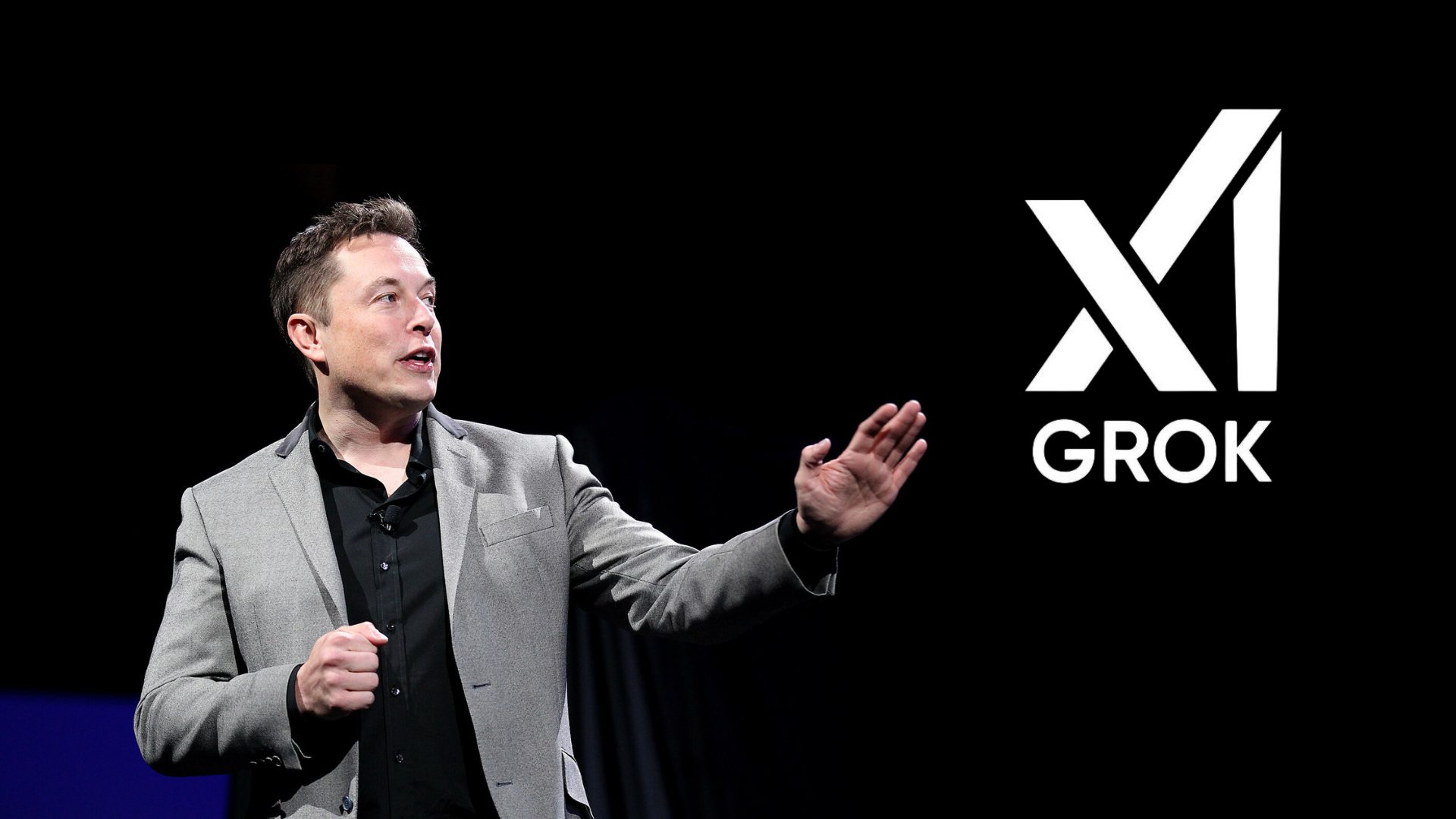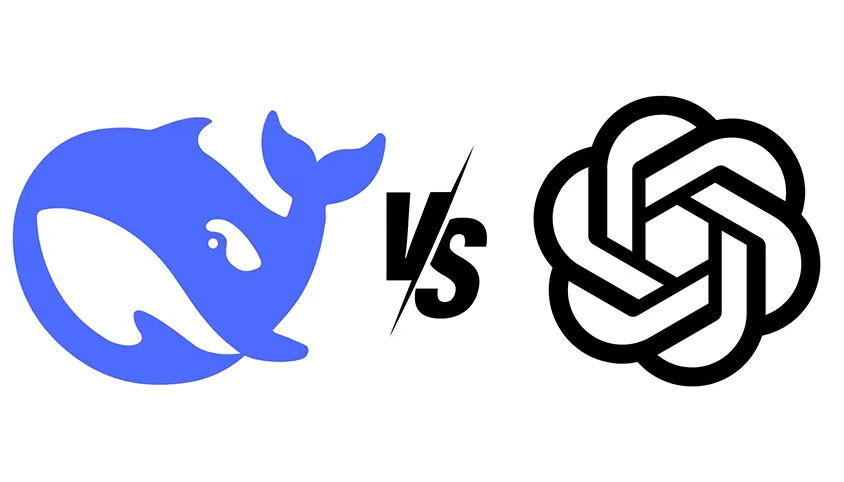-
Find Services
-
Generative AI
-
Blockchain Technology
-
Mobile App Development
-
Software Development
-
Web Development
-
E-Commerce Development
-
App Designing (UI/UX)
-
Web Designing (UI/UX)
-
IoT Development
- Industry
- Manufacturing
- Health Care
- Logistics
- Automotive
- Testing Services
- DevOps
- Game Development
- Robotic Process Automation
- AR & VR Development
- Browse All Services
-
Generative AI
-
Find Agencies
- Submit Reviews
- Research & Surveys
Releasing the Power of Video Search AI: A New Era for Online Content Learning
27 Sep 2024 | Right Firms

Video content in the modern digital age has become the leading force. Whether for entertainment, education, or professional purposes, videos have come to define and determine the way individuals and subscribers view their information online. However, with video content rising sky-high, so too does the imperative to find relevant information as quickly and as effectively as possible.
In this case, Video Search AI has radically changed interactions with videos, enabling users to search for certain moments, and scenes, within a video and for instances where keywords are contained. The technology here is changing, to say the least, and has already altered the face of content online learning by bringing interaction and intelligence on the same playing field for video resource engagement.
This piece of content will discuss how Video Search AI is transforming the way online content is learned, what it could be used for, and why it is the future of video-based learning?
Understanding Video Search AI
At its core, Video Search AI is an artificial intelligence-driven technology that enables users to search through video content using natural language queries, keywords, or specific topics. Unlike traditional video search methods, which rely on metadata, tags, and descriptions, Video Search AI analyzes the video itself—understanding the audio, visuals, and even on-screen text to deliver precise results.
For example, imagine you’re watching a lengthy lecture online but want to revisit a particular section where the professor explains a concept. Instead of scrubbing through the entire video, Video Search AI allows you to type in the keywords from the lecture and instantly jump to that exact moment. This precise level of searchability saves time and enhances the overall learning experience.
How Video Search AI Works
Video Search AI uses advanced machine learning algorithms and neural networks to analyze video content. The technology processes three primary aspects of video:
- Speech-to-Text Processing: It converts spoken words within the video into searchable text. This allows users to search for specific phrases or words.
- Visual Recognition: The AI recognizes objects, people, scenes, and visual cues, making it possible to locate content based on visual elements.
- Natural Language Processing (NLP): It interprets user queries, enabling more intuitive and conversational searches.
By combining these capabilities, Video Search AI online solutions can make vast amounts of video content easily searchable, increasing access to information and improving learning outcomes.
The Rise of Video Search AI in Online Content Learning
The ability to search videos with precision is transforming the field of online education. As more institutions, businesses, and content creators turn to video to share knowledge, the sheer volume of video content can become overwhelming for learners. Video Search AI tackles this challenge by enhancing how video-based content is consumed, searched, and utilized.
1. Personalized Learning Experiences
Video Search AI has the potential to transform passive video consumption into an active learning experience. With the power to search for specific segments or topics, users can tailor their learning journeys. For instance, a student studying history can skip irrelevant portions of a documentary and focus solely on the segments that discuss specific events. This personalized approach saves time and ensures learners access the most relevant material.
2. Improved Knowledge Retention
The ability to revisit precise sections of a video makes the learning process more efficient. Learners no longer have to rely on memory or note-taking. Instead, they can use Video Search AI apps to jump back to key points, improving both comprehension and retention of information. The visual and auditory combination provided by videos, along with searchable access, promotes deeper understanding of complex concepts.
3. Accessibility and Inclusivity
Another significant advantage of Video Search AI is its potential to make educational content more accessible. With the technology’s speech-to-text capabilities, video content can be automatically transcribed, making it accessible to individuals with hearing impairments. Additionally, videos can be translated into different languages, enabling learners across the globe to access material that would have otherwise been unavailable.
4. Enhancing Collaboration and Research
Online content learning often involves group projects and collaborative research. With Video Search AI online, teams of learners can quickly find relevant sections in video lectures, presentations, or training sessions, making collaboration more efficient. This technology is also valuable in research, allowing scholars to search through vast archives of video content to find clips that support their work.
Video Search AI in Action: Real-World Applications
Video Search AI is not just a concept; it’s already being used in several industries to enhance the learning experience. Below are some real-world examples of its applications:
- Educational Platforms: Universities and online learning platforms are integrating Video Search AI into their video libraries. Learners can search for specific concepts in lectures or tutorials, transforming how students access course materials.
- Corporate Training: Companies are using Video Search AI apps to provide more interactive and efficient employee training. Employees can quickly locate the sections of training videos that address their needs, improving their learning curve.
- Content Creators: Content creators, especially in educational and professional fields, can use Video Search AI online tools to make their videos more interactive and searchable. This enhances the user experience and increases viewer engagement.
- Media and Entertainment: Video Search AI is also making waves in the entertainment industry. Streaming platforms are implementing this technology to help viewers find specific scenes, actors, or moments in movies and TV shows. For example, if a user wants to watch only action scenes in a movie, they can search for those scenes using the AI’s visual recognition features.
Future Trends: What’s Next for Video Search AI?
As Video Search AI continues to evolve, we can expect even more advanced applications and integrations. Here are some future trends to watch for:
- Contextual Understanding: Future versions of Video Search AI will be able to analyze and understand the context of entire videos. This means users will be able to search not only by specific keywords but by concepts and ideas within videos.
- Integration with Other Technologies: Video Search AI is likely to be integrated with virtual and augmented reality (VR/AR) platforms, making interactive video learning even more immersive. Imagine searching for a concept in a VR learning environment and being instantly transported to a specific moment within a video lecture.
- Increased Automation: As AI technology improves, we can expect to see more automation in content tagging, categorization, and even video creation. Video Search AI online platforms may automatically suggest video segments based on user preferences or learning goals.
Conclusion: The Future of Online Learning
The power of Video Search AI is only beginning to be unleashed. Its ability to enhance learning experiences, improve accessibility, and make video content more engaging is transforming how we consume and interact with online video. As this technology continues to evolve, the possibilities for online content learning are limitless. Video Search AI apps and tools are likely to become indispensable in educational settings, businesses, and beyond, opening new doors for learners and creators alike.
In this new era of online content learning, Video Search AI is not just a tool—it’s a revolution. By harnessing its power, we can unlock new levels of efficiency, personalization, and engagement in the way we learn from video content. As more platforms adopt this technology, the future of video-based education looks brighter than ever.
Categories
Tags
Submit Your Inquiry
Related Posts

Latest AI Trends to Watch in 2025
As we navigate 2025, expert system remains to redefine industries, workflows, and day-to-day life. From improvements in generative AI to the surge of self-governing agentic AI systems, services need to stay informed to take advantage of these emerging AI technologies properly. This blog site unloads the latest AI patterns for 2025, highlighting developments, ethical factors to consider, and the advancing landscape of AI legislation. 1. Generative AI: From Experimentation to Measurable ROI Generative AI has actually relocated past buzz, with companies currently focusing on demonstrating tangible value. While early adopters reported efficiency gains-- such as a 20% rise in programmer performance at Goldman Sachs-- determining ROI remains an obstacle. Secret developments include: a. Cost Efficiency: Educating prices for models like Google's Gemini 1.0 Ultra rose to 192 million. b. Specialization: Smaller versions, such as Microsoft's Phi and Whale, are proving that high-quality data curation and artificial training can match larger designs. c. Sustainability Worries: AI's carbon impact is under examination, with Meta's Llama 3.1 releasing 8,930 tonnes of carbon dioxide during training. This is driving financial investments in nuclear and renewable energy for data centers. d. Workable Understanding: Services should pair Generative AI adoption with robust metrics, such as A/B screening content quality, to verify performance cases. 2. Agentic AI: The Increase of Autonomous Solutions Agentic AI, specified by Gartner as autonomous systems efficient in decision-making, is improving offices. Instances consist of: a. Business Applications: Microsoft's Copilot agents automate tasks like stock monitoring and HR process, freeing employees for calculated functions. b. Public Industry Usage Situations: Sullivan County, NY, utilizes AI representatives to deal with person questions 24/7, enhancing service efficiency. c. Challenges: Boundaries for autonomy continue to be essential. Human oversight is important to handle mistakes, particularly in managed markets such as money. d. Fad Forecast: By late 2025, expect agentic systems to take care of organized internal tasks (e.g., IT password resets) however stay minimal in customer-facing functions without human testimonial. 3. Emerging AI Technologies to Watch a. Small Language Models (SLMs). Compact models like Micro LLMs are obtaining grip for side computing and real-time applications. They supply cost and energy cost savings while maintaining performance in specialized tasks. b. Multimodal and Side AI. Multimodal AI: Integrates message, pictures, and sound for contextual evaluation. Hawaii's Climate Resilience Platform uses this to examine framework threats. Edge AI: Procedures information locally on tools (e.g., wearables, independent automobiles), boosting rate and security. c. Neuromorphic Computer. Mimicking the human mind's style, this modern technology assures developments in power effectiveness and parallel processing, important for AI scalability. 4. AI Regulation and Ethical Governance. AI regulations is increasing worldwide to attend to threats like bias, deepfakes, and personal privacy breaches:. a. Governing Frameworks: The EU's AI Act (2024) and Biden's 2023 Executive Order mandate transparency and risk analyses for high-impact AI systems. b. Corporate Liability: 28% of organizations currently have Chief executive officers managing AI administration, with tools like Microsoft's Accountable AI Structure guiding moral release. c. Bias Mitigation: Banks are embracing explainable AI to make certain financing formulas avoid demographic predispositions. d. Secret Takeaway: Ethical AI techniques are becoming an affordable differentiator, with 92% of leaders mentioning cultural change as a barrier to fostering. 5. Industry-Specific Makeovers. Medical care: AI2BMD, an AI-driven protein simulation, is accelerating medicine exploration. a. Public Market: AI-powered "assistive search" devices assist firms like the Flying force Research Laboratory analyze disorganized data. b. Sustainability: AI enhances power usage in production, with start-ups like Stegra pioneering green steel production. Verdict: Preparing for an AI-Driven Future. The AI fads of 2025 underscore a shift from testing to critical combination. Services must prioritize:. Adopting agentic AI for operational performance. Determining generative AI's influence through regulated experiments. Lining up with AI regulations to minimize dangers. Purchasing emerging technologies like SLMs and neuromorphic computing. By remaining ahead of these patterns, companies can harness AI's transformative capacity while navigating ethical and governing difficulties.

Grok AI: What We Know About Elon Musk’s AI Chatbot
The Rise of Grok AI in a Competitive Landscape Elon Musk's xAI has made its "entry" into the AI arms race with Grok, a chatbot that claims to be a "maximally truth-seeking" substitute for models like ChatGPT and Google Gemini. It was brought online in 2023 and got the Grok 3 upgrade in early 2025, and ever since, it has been the center of the arguments about its potential, ethics, Musk's AI vision. Grok is a combination of advanced reasoning, real-time data integration, and a bit of Musk's typical boldness, and is meant to be the bearer of uncomfortable truths that the politically correct would rather remain untold. This blog takes a look at the inception, framework, issues, and significance of AI development to researchers and tech gurus who are practically AI enthusiasts. 1. The Evolution of Grok: From Musk’s OpenAI Exit to Grok 3 Origins and Mission Musk co-founded OpenAI in 2015 but in 2018, he left because of a dispute about the company’s direction, especially its move toward profit-driven models. By 2023, he established Grok under xAI, which he positioned as a response to the so-called “woke” AI systems that evade uncomfortable truths. The title “Grok” comes from Robert Heinlein’s Stranger in a Strange Land and it means “to understand deeply”. Grok 3: A Quantum Leap Model Training: Grok 3 was trained on the Colossus Supercomputer, a custom-built data center in Memphis with 200,000 NVIDIA H100 GPUs—10x the compute power of its predecessor, Grok 2. Speed: Pre-training completed in January 2025, with Musk claiming daily improvements . Benchmarks: Outperforms rivals like GPT-4o, Gemini 2 Pro, and DeepSeek-V3 in math, coding, and science tasks, scoring 95%+ accuracy in multimodal tasks. 2. Technical Architecture: Powering Grok’s “Big Brain” Hardware and Infrastructure Colossus Supercomputer: Built in 92 days, this system processes 15,000 tokens/second and supports a 32,768-token context window. Multimodal Design: Handles text, images, audio, and video, with upcoming voice and audio-to-text features. Key Innovations DeepSearch: An agentic search tool that scours the web (including X/Twitter) to generate detailed reports with citations, rivaling Perplexity’s DeepResearch. Chain-of-Thought Reasoning: Shows step-by-step problem-solving, such as calculating Earth-Mars trajectories or creating hybrid games like “Tetris + Bejeweled”. Self-Correction: Reduces “hallucinations” by evaluating outputs against verified data. Ethical Safeguards Responsible AI: Grok 3 explains its reasoning before answering and includes bias filters, though critics argue its “anti-woke” stance risks spreading misinformation. 3. Grok’s Standout Features: Why Developers Are Watching For AI Developers API Access: Soon available for enterprises, enabling integration into apps for healthcare diagnostics, fraud detection, and code generation. Customization: Industry-specific tuning for finance, education, and healthcare. Open-Source Plans: Musk pledged to open-source Grok 2 once Grok 3 stabilizes, a move that could democratize access to its architecture. User-Facing Tools Big Brain Mode: Allocates extra compute resources for complex queries, like legal analysis or market forecasting. Voice Mode: Upcoming feature for natural conversations, akin to ChatGPT. 4. Controversies: Balancing Innovation and Ethics Content Moderation Challenges Deepfake Risks: Grok 2’s image generator faced backlash for enabling deepfakes, prompting xAI to add safeguards in Grok 3. “Anti-Woke” Backlash: Critics argue Grok’s unfiltered responses on politics and culture could amplify harmful narratives. Musk vs. OpenAI Legal Battles: Musk sued OpenAI in 2025, accusing it of abandoning its nonprofit mission, and bid $97B to buy its nonprofit arm—a rejected offer he framed as a rescue attempt . Infrastructure Race: xAI’s 10Bfundinground(targeting 10Bfundinground(targeting75B valuation) trails OpenAI’s 40Bask(300B valuation), reflecting fierce competition. 5. Business Model: Monetizing Truth-Seeking AI Tiered Subscriptions: Premium+: $40/month for X users. SuperGrok: $30/month for advanced features like unlimited image generation and DeepSearch. Enterprise API: Forthcoming access to Grok 3’s API, priced per token. 6. The Future of Grok: AGI and Beyond Musk envisions Grok as a stepping stone to artificial general intelligence (AGI). Key focus areas include: Real-Time Learning: Integrating live X/Twitter data streams for up-to-date responses. Global Expansion: Addressing infrastructure gaps (e.g., Dell’s $5B server deal) to scale compute power. Ethical AI: Balancing free speech with safeguards, a tightrope walk that could define Grok’s legacy. Conclusion: Grok’s Role in Shaping AI’s Future Grok AI captures Musk’s two-sided concept that is a never-ending ambition for technology and a provoking attitude towards “truth.” The technology that it offers astonishes developers and its structures of operation, but, on the other hand, it’s banned by the controversies that come with it and it shows the difficulty in aligning AI with the values of society. To AI fans, Grok is an opportunity to see the future that may be built not by chatbots who only answer the questions but also by chatbots who ask, stimulate, and redefine what is considered new.

ChatGPT’s Image Generator Ignites a Studio Ghibli Art Revolution
Introduction: When AI Meets Anime Magic The internet is ablaze with whimsical landscapes, beloved memes, and iconic movie scenes reimagined in the dreamy aesthetic of Studio Ghibli—all thanks to OpenAI’s groundbreaking ChatGPT image generator. Launched as part of the GPT-4o upgrade, this tool has unleashed a tidal wave of creativity, turning everyday users into digital artists overnight. From Bollywood classics to Elon Musk memes transformed into Ghibli-style vignettes, the tool’s ability to blend AI precision with artistic flair has captured global attention. But what makes this feature so revolutionary, and why is Studio Ghibli at the heart of this frenzy? Let’s explore. What’s New in ChatGPT’s Image Generator? OpenAI’s latest upgrade, “Images in ChatGPT”, isn’t just another AI art tool—it’s a paradigm shift. Built natively into GPT-4o, the model is omnimodal, meaning it seamlessly processes text, images, audio, and video.Here’s what sets it apart: Style Transformation Mastery: Upload any image, and ChatGPT can reinterpret it in styles ranging from Studio Ghibli’s ethereal charm to South Park’s satire. Photorealistic Precision: Stunning details like realistic lighting, textures, and facial expressions push the boundaries of AI-generated art. Text Integration: Unlike predecessors, it accurately renders text within images—ideal for logos, posters, and infographics. No Watermarks: Outputs are clean, without DALL-E’s signature watermark, raising both excitement and ethical questions. The Studio Ghibli Connection: Why This Style Dominates Social Media Studio Ghibli’s films—Spirited Away, My Neighbor Totoro, and Princess Mononoke—are celebrated for their lush, hand-drawn aesthetics and heartfelt storytelling. The studio’s idyllic worlds, where everyday moments feel magical, resonate deeply with audiences. ChatGPT’s Ghibli-esque outputs tap into this nostalgia. Users are transforming personal photos, memes, and historical moments into scenes that could belong in a Miyazaki film. For example: A viral post reimagined Bollywood classics with Ghibli’s soft hues and whimsical character designs. Elon Musk’s rally jump became a fantastical leap over a Ghibli-inspired countryside. Even mundane objects, like coffee cups, gain charm when rendered with the studio’s signature “twinkle.” Why Ghibli? The style’s emphasis on nature, emotion, and simplicity aligns perfectly with AI’s strength in pattern replication. Yet, this trend also highlights a paradox: Studio Ghibli co-founder Hayao Miyazaki once called AI art “an insult to life itself,” critiquing its lack of human soul. Beyond Ghibli: ChatGPT’s Versatility in Art and Design While Ghibli dominates headlines, the tool’s versatility shines across creative domains: 1 .Pop Culture Mashups: Transform photos into Minecraft blocks, South Park characters, or vintage Polaroids. 2. Design Powerhouse: Generate logos, product mockups, and ad campaigns with precise color codes (using hex values) and transparent backgrounds. 3. Surrealism Unleashed: Combine absurd prompts (e.g., “a cat astronaut brewing coffee on Mars”) with styles like rubber hose animation or watercolor. How to Create Your Own Ghibli-Style Masterpiece Ready to join the trend? Follow these steps: 1 . Access the Tool: Available to ChatGPT Plus, Pro, Team, and API users (free tier rollout delayed due to demand). 2. Upload & Describe: Provide a clear image and prompt like, “Transform this into a Studio Ghibli scene with magical forests and soft lighting.” 3. Refine Details: Use follow-up prompts to adjust expressions, backgrounds, or add whimsical elements (e.g., “Give her a Totoro companion”). Experiment: Try blending styles (“Ghibli meets cyberpunk”) for unique hybrids. Ethical Considerations: Creativity vs. Controversy The tool’s launch hasn’t been without debate: 1 .Originality Concerns: Can AI truly replicate human artistry, or does it dilute creative integrity? 2. Miyazaki’s Stance: The Ghibli co-founder’s 2016 critique of AI as “disgusting” contrasts sharply with its current viral use.3. OpenAI’s Safeguards: The company blocks harmful content (e.g., deepfakes), but ethical dilemmas around copyright and attribution persist. Availability and Future of AI-Generated Art Despite its rocky rollout—Sam Altman cited unprecedented demand delaying free access—the tool signals AI’s growing role in democratizing creativity. Upcoming API integration for Enterprise and Education sectors promises broader applications, from marketing to interactive storytelling. Conclusion: A New Chapter for Digital Artistry ChatGPT’s image generator isn’t just a tool; it’s a cultural phenomenon. By bridging AI’s analytical power with human imagination, it invites everyone to re-envision their world through Studio Ghibli’s lens—or any style they choose. Yet, as we marvel at its potential, Miyazaki’s cautionary words remind us to cherish the human spirit behind art. Whether you’re a designer, meme lover, or Ghibli fanatic, this tool offers a canvas limited only by your creativity.







